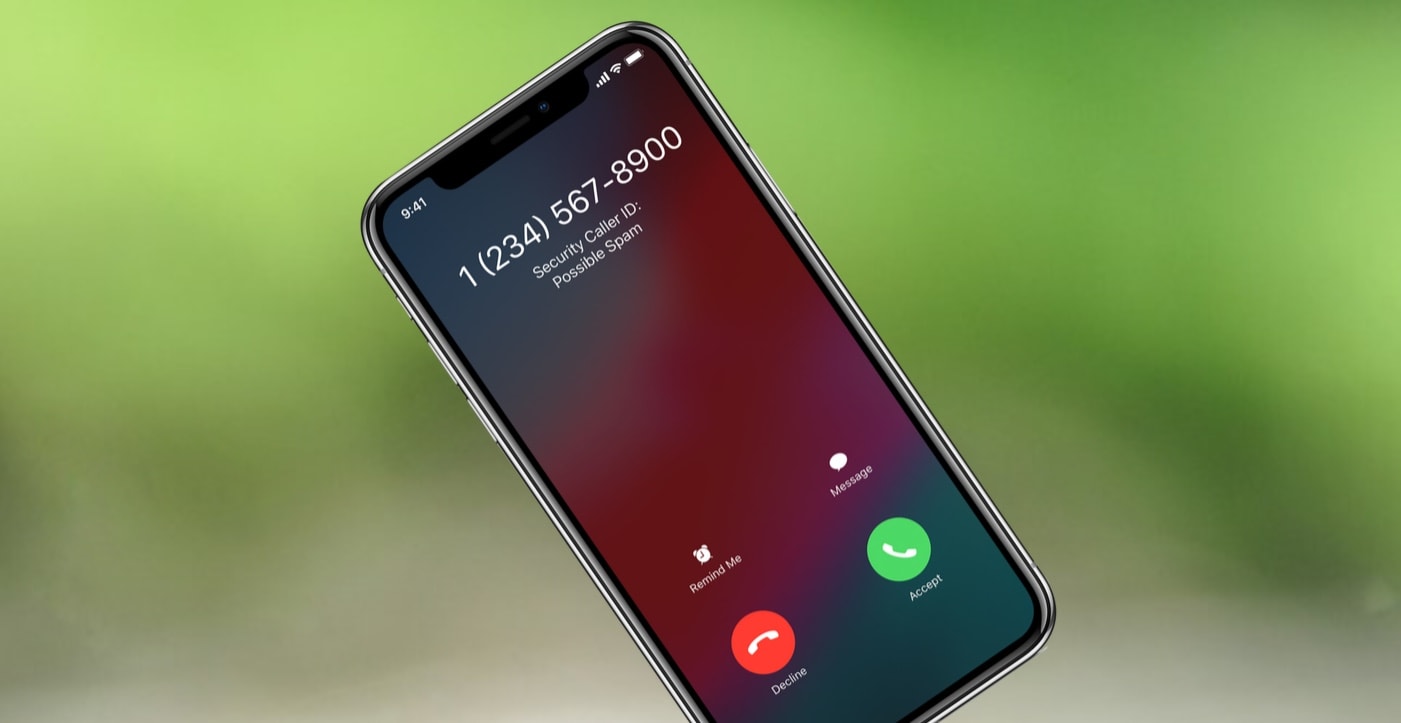In today’s digital age, robocalls have become an irritating and persistent issue for many. These automated calls not only disrupt daily life but can also pose significant security risks through scams and fraud. As technology advances, so do the tactics of those behind these intrusive calls, making it crucial for everyone to stay a step ahead to protect their personal information.
Understanding how to block these unwanted interruptions can save one from potential headaches and losses. This article will explore five practical tips that can help individuals take control of their phones again. From innovative apps to simple settings adjustments, these strategies are designed to empower phone users by significantly reducing the frequency of robocalls.
Table of Contents
Understanding Robocalls
What Are Robocalls?
Robocalls are automated phone calls that use a computerized autodialer to deliver a pre-recorded message. Unlike calls from a human operator, robocalls are set up to dial numbers extensively and frequently without direct human intervention. These calls range from legitimate entities, such as appointment reminders from doctors’ offices or public service announcements, to less scrupulous ones, like telemarketing and fraudulent schemes aiming to capture personal information.
Why Are Robocalls a Problem?
Robocalls pose significant issues primarily due to their disruptive nature and potential to perpetrate scams. They inundate individuals with unwanted communications, often at inconvenient times, thus interrupting daily routines and potentially leading to missed important communications. Moreover, the volume of deceptive robocalls has escalated, exploiting vulnerabilities and deceiving countless individuals into scams that result in financial losses and compromised personal data. This abuse of automated calling technology significantly undermines public trust in telecommunication systems and complicates the reception of important, legitimate automated calls.
Tip 1: Register on the National Do Not Call Registry
Registering on the National Do Not Call Registry marks a significant first step in mitigating unwanted robocalls. This list, managed by the Federal Trade Commission (FTC), helps consumers stop receiving sales-related calls from telemarketers. Registration is free and can be completed online at the official website or by calling their toll-free number.
Upon registering, consumers typically notice a notable decrease in unsolicited calls within 31 days. It’s important to note, though, that this registration does not block all types of calls. Charities, political organizations, debt collectors, and informational calls are still permitted. Moreover, companies with whom one has an existing business relationship, or those to whom one has given written permission, may still make calls.
To report unwanted calls that violate this registration, consumers can file a complaint directly with the FTC. The agency investigates these complaints, which can lead to penalties against the violating companies. This process not only helps the individual but also contributes to broader efforts to combat deceptive practices in telecommunications.
Tip 2: Use Call Blocking Technology
Mobile Apps to Block Robocalls
Individuals seeking to eliminate robocalls can find effective solutions in mobile apps designed specifically for call blocking. Many of these apps leverage real-time databases and user feedback to blacklist notorious numbers and identify emerging threats. Such applications typically provide features like automatic call blocking, spam alerts, and the ability to whitelist trusted numbers.
Network Provider Services
Network providers also offer a variety of services geared towards reducing robocalls for their customers. Major carriers in the U.S. have implemented technology that identifies and filters suspicious calls before they reach the consumer’s phone. By subscribing to these services, consumers leverage their network provider’s resources to shield themselves from the disruption and risk of robocalls.
Tip 3: Hang Up on Robocalls
Signs It’s a Robocall
Individuals can often recognize robocalls by certain key indicators. Firstly, there is typically a pause or slight delay after one answers the phone and before the caller starts speaking. This gap occurs because the automated system is determining whether a live person has picked up the call. Secondly, the voice on the other end is often unnaturally monotone and may lack the natural inflections typical of human speech. Thirdly, robocalls often feature generic greetings, such as “Hello, consumer,” or phrases that could apply to anyone, suggesting a lack of personalization common in automated systems. Recognizing these signs empowers individuals to promptly hang up before potentially exposing themselves to scams or solicitations.
Tip 4: Report Robocalls
How and Where to Report
Reporting robocalls plays a crucial role in combating this pervasive issue. Individuals receive invaluable assistance in identifying and taking action against illegal callers when they report these disturbances. Various platforms and authorities accept robocall complaints, making the reporting process accessible.
- FCC (Federal Communications Commission):
Contact the FCC, which regulates interstate and international communications. By visiting their website, one can fill out an online complaint form specifically designed for unwanted calls. The FCC’s online resources are user-friendly and provide clear instructions. - FTC (Federal Trade Commission):
The FTC’s National Do Not Call Registry offers an option to report unwanted calls. Registration on this list makes it illegal for telemarketers to call the numbers listed, provided they do not fall under exceptions like political calls or charitable solicitations. Registering and reporting via the Do Not Call website not only reduces the number of robocalls one receives but also assists the FTC in enforcement actions against violators. - Your Phone Carrier:
Many phone service providers offer tools and resources to block unwanted calls and report them for further investigation. Services may include labeling suspicious calls or outright blocking them, depending on customer preferences and the specific services subscribed to.
By using these reporting channels, consumers contribute to a database that helps regulatory bodies and law enforcement agencies track, identify, and penalize unauthorized and illegal robocallers. They also gain a sense of agency by taking proactive steps to secure their personal information and reduce the nuisance caused by these calls. If you are having to deal with constant robocalls, contact a company such as Heidarpour Law Firm.
Conclusion
Arming oneself with the right strategies to combat robocalls is essential in today’s digital age. By protecting personal information and reporting unwanted calls individuals empower themselves and contribute to a broader effort against this pervasive issue. Remember that every step taken is a move towards a quieter, less disruptive phone environment.












